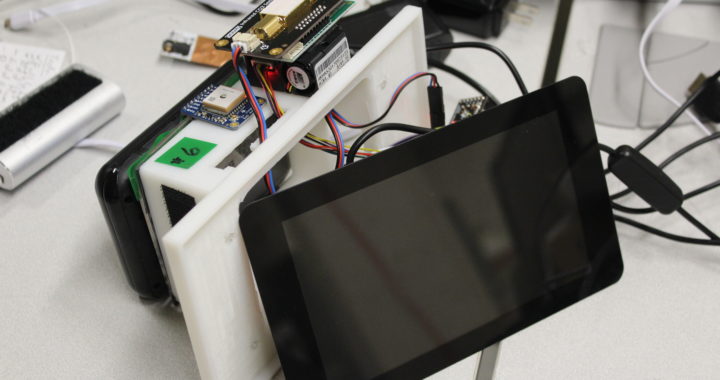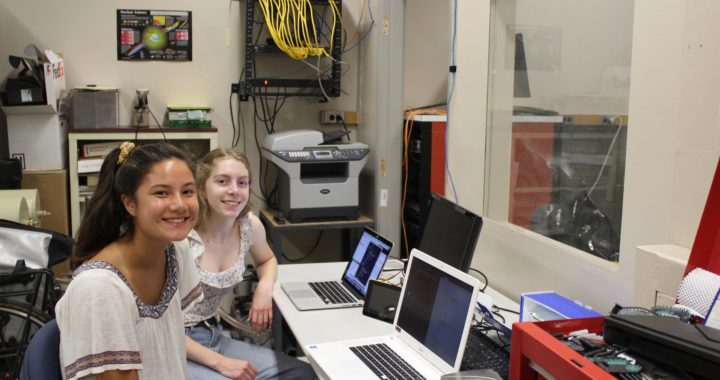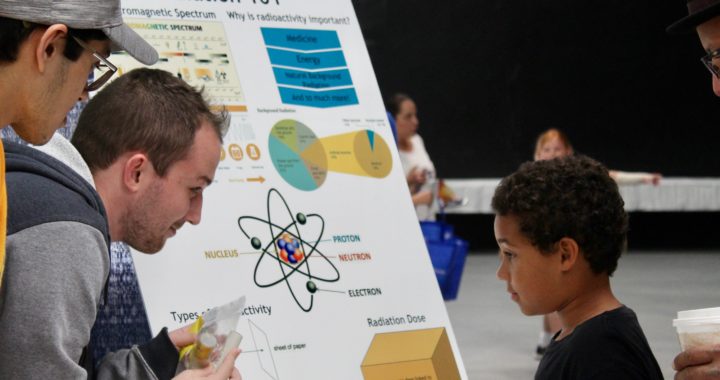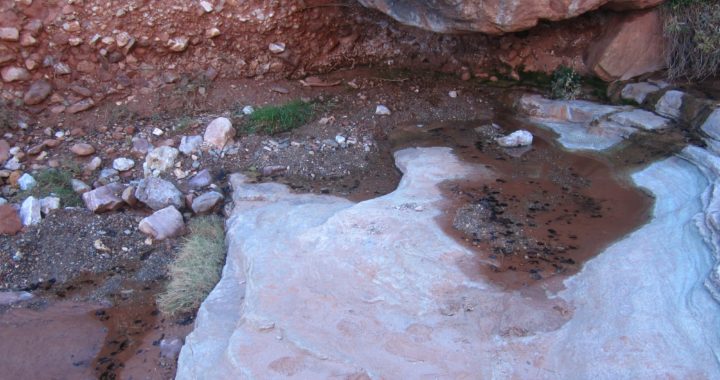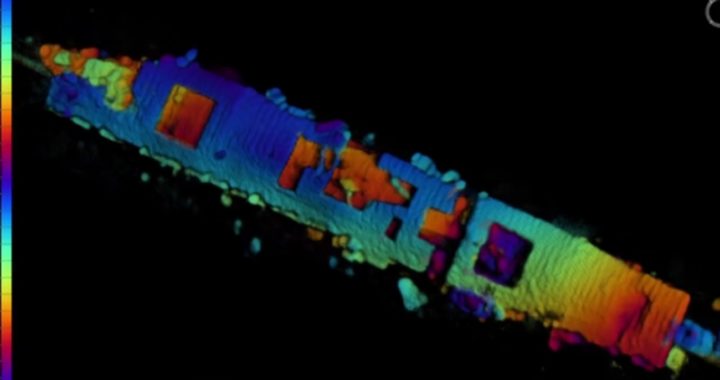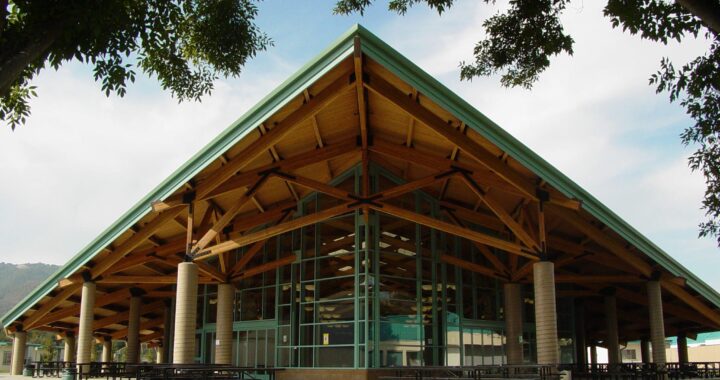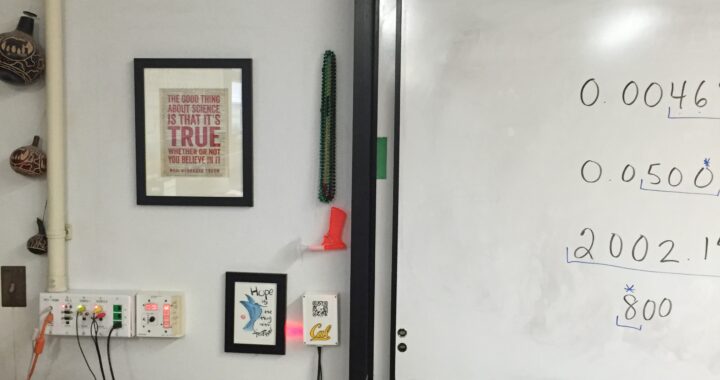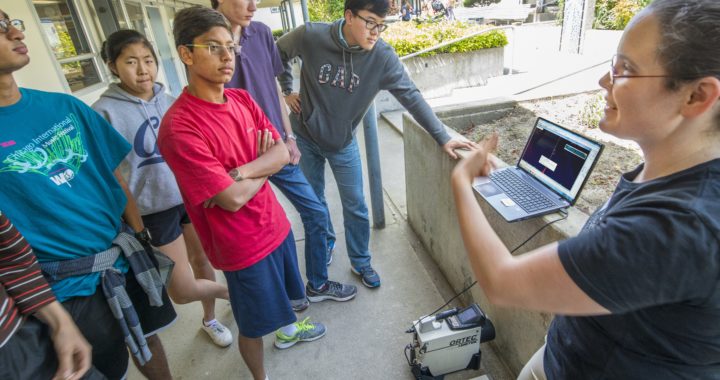Authors: Albert Qiang and Edward Lee
When tracking fluctuations in environmental data, geographical location is an important factor to consider. While the mobile stations have previously lacked this capability, over the course of this project we developed software to incorporate GPS data into the mapping of environmental and radiation sensor data, allowing for real-time tracking of measurements with location. Preliminary tests with the new integrated data were conducted around the UC Berkeley campus. In the future, we hope to be able to port this software to all of our mobile stations and create a robust app that will users a sense of how environmental measurements are affected by geographical location.
Author Archive: Ali (Janette) Hanks
DoseNet Summer Internship highlights
For the third year now DoseNet has invited a small (4-6) group of high school students to work under the mentorship of our project leadership as volunteer interns.
Continue readingDoseNet participates in the Bay Area Science Festival
RadWatch and DoseNet participated in the Bay Area Science Festival again this fall. We were part of both the North Bay Science Discovery Day and Discovery Day at AT&T Park.
Continue readingGrand Canyon Horn Creek
Article Author: Dr. Brian Plimley.
RadWatch postdoc Brian Plimley was backpacking in the Grand Canyon in November 2016 near Horn Creek, a stream marked on park maps as “Do Not Drink” as a result of an old uranium mine at the canyon rim above the creek. Brian was able collected samples of water and sediment from Horn Creek to be measured at the LBL Low-Background Facility. The results of those measurements are included in this article along with some discussion of what they tell us.
USS Independence Survey
Authors: Christopher Figueroa and Jacqueline Garcia
Christopher Figueroa accompanied a group of scientists on an expedition to observe and gather samples from the wreck of the USS Independence, a World War II aircraft carrier used as a target in the 1946 atomic bomb test at Bikini Atoll. This report describes the measurements of ocean sponge and the results.
Updated Sampling Measurements
The RadWatch Gamma Sampling Data has been updated to include a wider range of environmental samples from our most recent measurements of fish, seawater, and […]
Continue readingGilroy High joins DoseNet!
DoseNet has added a new location! We had a great visit to Gilroy High School to talk to Mr. Hungerford’s class about nuclear science and […]
Continue readingMiramonte joins DoseNet!
DoseNet has added a new location! We had a great first visit to Miramonte High School to install our device and talk to Ms. Hauptman […]
Continue readingConnecting weather data to the DoseNet network!
Adding weather measurements to DoseNet expands our environmental data collection and allows radiation levels to be correlated to weather. Here we provide the steps needed […]
Continue readingRecent visits to our partner schools to see the “colors” of gamma-rays
We recently visited Pinewood and Camplindo to discuss how radioactive isotopes are identified and explore the sources of background radiation present in a range of common materials around the school.
Continue reading
